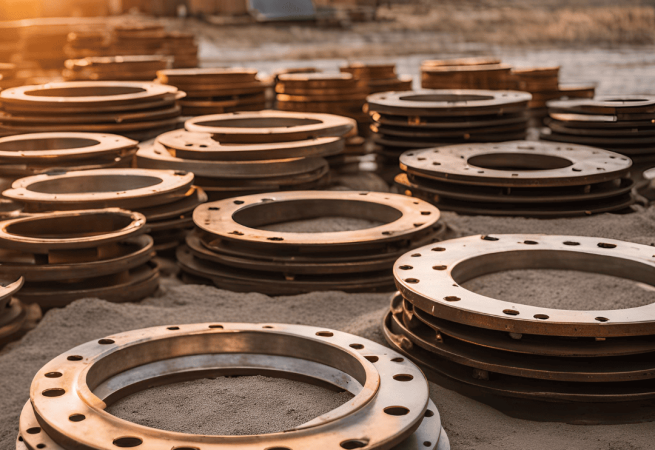

What are Some Major Properties of Marine Heavy Fuel Oil?
If you are thinking of buying marine heavy fuel oil, you need to know about its properties. Here, we will discuss its properties: density, carbon residue, viscosity, and thermal conductivity. We will also discuss its functions. If you are still uncertain about its suitability for your boat, read on.
High sulfur content:
Heavy fuel oil contains more sulfur than diesel. It also contains a range of contaminants that are critical to the operation of gas turbines, including vanadium, which promotes corrosion in hot gases. As a result, heavy fuel oil requires robust technology in gas turbines’ hot gas path section. This prevents using the most advanced GT technology, as film cooling is required. In addition, the higher sulfur content complicates low emissions levels and makes atomization more difficult.
Density:
The density of marine heavy fuel oil is the ratio of mass to volume at a specified temperature. It can range from about 800 to 1010 kg/m3. The highest density of marine fuel oil is 380 kg/m3. Those under a hundred kilograms per cubic meter (kg/m3) are considered high-quality. However, this doesn’t mean that high-density marine fuel oil is better than low-density marine fuel oil.
Viscosity:
When preparing a fuel analysis report for your ship, you must consider the density and viscosity of the marine heavy fuel oil. Viscosity measures the resistance to the flow of a liquid. The measurement is given in centistokes (CST) and is usually accompanied by a temperature value. Some fuels are more viscous than others, but a higher viscosity is better than a lower one.
Carbon residue:
The amount of carbon residue in marine heavy fuel oil varies depending on the processes applied in refinement. Straight-run fuels typically have a carbon residue value of ten to twelve percent by mass. Secondary conversion processes may increase the carbon residue to fifteen or sixteen percent, or even twenty percent. The carbon residue in heavy fuel oil has several properties that can be correlated with other fuel characteristics. Among them, carbon residue is a good indicator of the combustibility of heavy oil.
There are a few different ways to measure carbon residue in marine heavy fuel oil. One method is the Ramsbottom carbon residue test, part of ASTM D524. A weighed sample is placed in a glass bulb with a capillary opening in this method. The sample is then placed in a furnace set to approximately 550degC (or 1020degF) and exposed to high heat. The sample is then cooled down in a desiccator, resulting in the carbonaceous residue as a percentage of the original sample.










